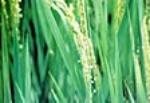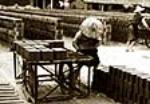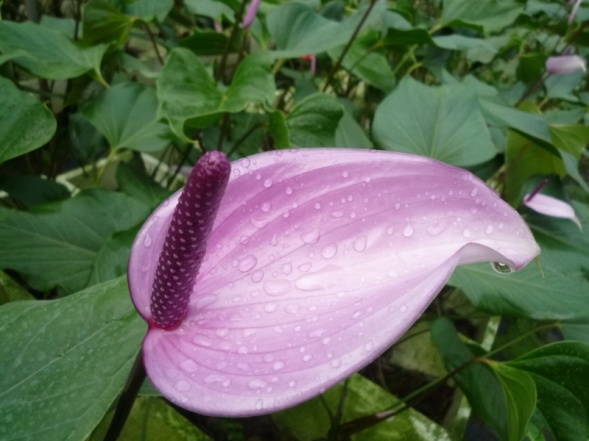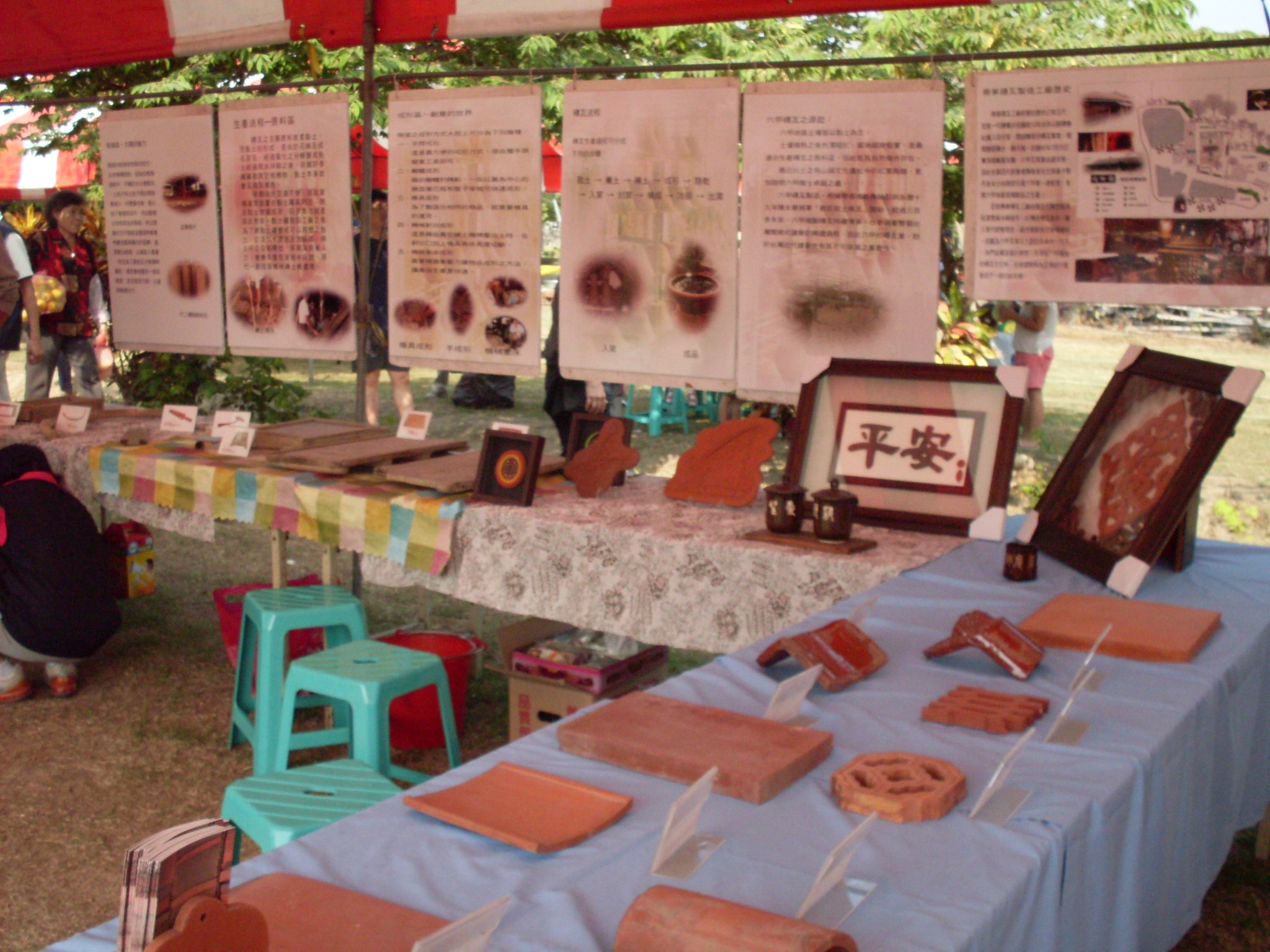:::
Industry Profile
 Regional Specialties
Regional Specialties
The specialties in Lioujia, Phyllostachys makinoi (Makino bamboo) and Bambusa stenostachya Hackel (Thorny bamboo), are special products in the mountain area, while rice, mushrooms and white canary tree fruit are the special products in the plains area. In recent years the Marble goby in the "Wushantou Reservoir (Coral Lake)" grew to become a famous delicacy.
The current area of the farmland is about 2,690 hectares and the paddy rice cultivation area is the largest, with the planting area averaging about 2,115 hectares every year and the total crop averaging about 13,745 hectares. The residents actively promote the cultivation of good quality rice in order to ship the Yueguang rice throughout the domestic market in Taiwan. The careful tending of the mushrooms causes them to also be sought after all over Taiwan, and aside from supplying the domestic market demand, they are also exported to America and East Asian nations. Additionally, oranges and longans are also important products in this region. The growing area for the former is about 503 hectares with a harvest of 15,200 tons every year. The growing area for the latter is about 374 hectares, with a harvest of 3,673 tons every year, most of which is grown in Wangye and Daciou villages.
 Red Earthenware Factory (the return of Black Gold)
Red Earthenware Factory (the return of Black Gold)
During the Japanese administration, there were clearly visible white smoke coming out of hundreds of chimneys in Erjia village and Cijia village, indicating that Lioujia had become a busy industrial city. A common sight was the transportation of red earthenware into the city by ox carts. The original building materials in the Jianan Plain were all taken from nature. According to legend, Taiwan invited brick artisans from China’s Fujian Province to come during the Dutch colonial rule to build a kiln and fire bricks in order to build walls. When Jheng Chenggong came to Taiwan in 1661 with one of his chief counselors Chen Yonghua, they taught the residents to burn earthenware and build houses, so the use of bricks and earthenware had become more and more popular, and Lioujia District became the “Village of Bricks and Earthenware” of Tainan.
However, the production process of red earthenware is very complicated and can take up to 5 months to finish. Due to industrial progress throughout the ages, other building materials replaced bricks and earthenware, which caused Lioujia’s kiln industry to decline. Lioujia’s local community started implementing a comprehensive community development plan to combine their local resources, and created a plan entitled “the return of Black Gold project” in order to help revive the declining traditional industry. By adding culture to promote the brick kiln industry, the local residents hope to provide the industry with a brighter future.
 Fire Crane Flowers
Fire Crane Flowers
Fire crane flowers are one of the most important products in the region. The planting field is about 20 hectares, the second largest in Taiwan and the largest in Tainan. There are about 20 varieties of fire crane flowers, with the Cupid and green hearts being the most popular. The main export market is Japan, but at the same time the fire crane flowers are also very popular domestically. After many years of agricultural research and efforts on the part of the farmers, Taiwan’s fire crane flowers have developed into international contenders.
Nicknames: 2-lobed Cobra Lily, Anthurium, Redbud Taro, classified as a species of cobra lily.
Place of Origin: Columbia, and is a herbaceous tropical plant.
Flower Meaning: Fire crane flowers represent a passionate heart, enthusiastic, caring, and a sincere blessing. The flower shape is elegant, with vibrant colors, and its long vase life results in it being a popular choice for Valentine’s Day, graduation, and other important occasions.
Organizations: Lioujia Farmer’s Association Fire Crane Flower Production Class
Annual Production and Value: around 460 thousand dozens, worth around NT$85 million dollars.
 Earthenware
Earthenware
Lioujia’s earthenware originated from the Dutch colonial period, when they built Fort Anping and the Chihkan Tower using red earthenware. By the Ming Jheng period, earthenware had slowly become one of Lioujia’s most important industries, and eventually the traditional earthenware industry became one of Lioujia’s specialties, as well as the main livelihood of families in the early days. This contributed to the development of an important part of ancient Taiwanese cultural history.
The earthenware’s original component was clay, and Lioujia’s clay is fine and firm, which are the qualities needed to make the best brick earthenware. Lioujia has the most complete cultural industry in earthenware, and can be called “The Hometown of Brick and Earthenware”.
Ceramic Making Process:
- 1. Soak in water and flatten the clay with your feet.
- 2. Add the clay into the clay mixer, which is then processed through the slab roller. Mix the clay well with the right amount of water to achieve the right consistency, then it can be formed into the desired shape.
- 3. Use the exhaust fan to suck air out of the clay, and then push it through the extruder to get rid of the rest of the air. After passing through, the clay will become long and flat, which can then be formed with a mold or grater before being put on the pottery wheel to be shaped into pottery.
- 4. Air dry.
- 5. Glazing: Glaze is composed of many different minerals and chemicals, and after undergoing high heat, the chemicals react to create new compounds, giving the pottery a shiny and waterproof surface.
- 6. Put into the kiln and extract the finished product.
Taiwanese Sea Bream
- 1. Place of Origin: Native to Africa, these fish were imported to Taiwan in 1946, and after several years of selective breeding they are now completely different from the original species. These fish are now completely unique to Taiwan, with an official name change to Taiwanese sea bream in 2002, commonly known as Wu Guo Fish.
- 2. Unique Qualities: The flesh is tender and has no bones, with the chin being the most coveted part at barbeques. The fish skin can be extracted to make gelatin, which can be used in medicinal capsules as well as baked goods. Fish scales can be used to make collagen, which is one of the main ingredients in cosmetics.
- 3. How to Choose: Fish with a plump body, brightly colored, clear eyes, and about 600 grams are the best and freshest.
- Inspect the eyes: If the corners of their eyes have lines or wrinkles or patches of bruising, they are not fresh.
- Smell the gills: If the fish gills are gray or red, with an odor, they are not fresh.
- Pinch the meat: Fresh fish meat is elastic and odorless.
- Check the fish belly: The fish is fresh if its belly is red. If the fish anus sticks out, then it should not be bought.
- 4. Lioujia District fish farm area: Lioujia District has fish farms that span 210 hectares, containing 460 fish ponds. Around 180 hectares is taken up by the Taiwanese sea bream, making Lioujia District one of the most important production districts in Tainan. In 2008, Lioujia District was awarded the Sweden ISO22000 and TGAP certification.
- 5. Annual Production Value: The annual production value is NT$350 million .
- 6. Area Production Organization: Liouguan Aquaculture Fisheries Development Association
- Major agriculture products:
| |
Grain |
Orange |
Longan |
Taiwanese Sea Bream |
Fire Crane Flower |
| Area (hectare) |
1st period 1,065
2nd period 1,050 |
503 |
374 |
181 |
20.77 |
Annual production
|
1st period 9,600 tons
2nd period 7,800 tons |
15,200 tons |
3,673 tons |
3,780 tons |
436,170 dozens |
- Cultivated lands: Dry land 1,107 hectares, Paddy field 1,583 hectares
- Major livestock: Dairy cattle 1,400 heads, pig 50,000 heads, sheep 2,400 heads